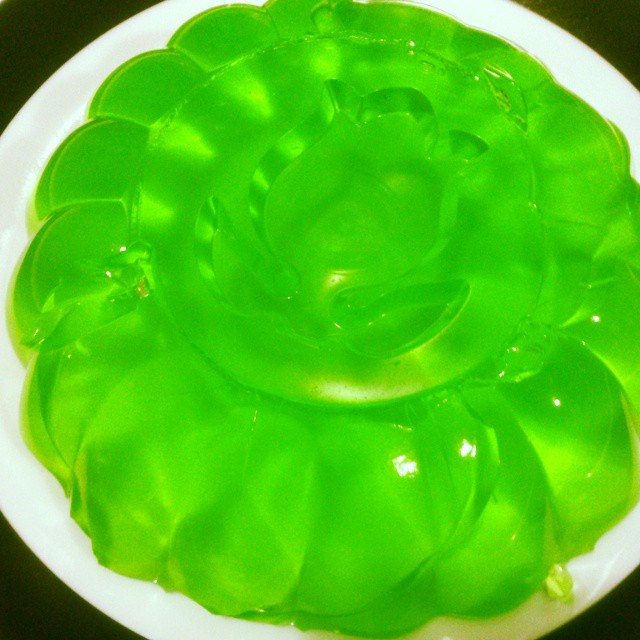Gelatin is a colorless and tasteless water-soluble protein derived from collagen and is commonly used as a gelling agent in the food industry, pharmaceutical drugs, photographic processes, and cosmetics. Jello, on the other hand, is an American brand name for a gelatin dessert, colloquially used to refer to all gelatin desserts. In the UK and other commonwealth countries, jello or gelatin dessert is also known as jelly.
Key Takeaways
- Gelatin is a colorless, tasteless food derived from collagen obtained from various raw materials, whereas jello is a dessert made from flavored and sweetened gelatin.
- Gelatin has no flavor, while jello is sweet and may have a fruity flavor.
- Gelatin is used in food, pharmaceutical, and cosmetic industries as well as in photography, while jello is a food product.
What is Gelatin?
Gelatin is prepared from collagen extracted from the bones, skin, and connective tissues of animals such as pigs, chicken, cattle, and fish. It easily dissolves in hot water and sets to a gel on cooling. Gelatin is used to make gummy candy, marshmallows, trifles, and gelatine desserts such as jelly. It comes in different forms, such as powder, granules, or sheets, and can be made at home by boiling cartilaginous cuts of meat or bones. Consumption of gelatin may be forbidden according to various religious rules; vegetarian alternatives include the seaweed extracts agar and carrageenan.
What is Jello?
Jello, also known as jelly in some countries, is a dessert made with flavored and sweetened gelatin. It can be made using a premixed blend of gelatin with additives or by combining plain gelatin with other ingredients. The premixed blend of gelatine desserts contains artificial flavorings, food colors, and other additives such as adipic acid, fumaric acid, and sodium citrate. To make a gelatin dessert, the gelatin is dissolved in hot water with other desired ingredients, such as fruit juice or sugar. This dessert can be enhanced in various ways, including using decorative molds, creating multicolored layers, or using non-soluble edible elements such as fruits or marshmallow.
